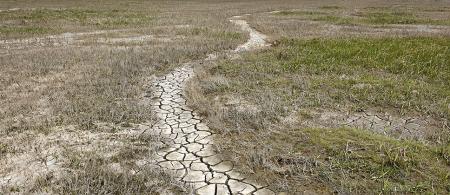I am passionate about water issues and where they intersect with human lives. I've strong skills in communication, networking and advocacy.
Building drought resilience in Garissa and Tana River Counties in Kenya
The Building Drought Resilience is implemented in the Arid and Semi-Arid Lands of Garissa and Tana River counties in Kenya. The main objective of the project is to improve the resilience of dryland communities within a river catchment against the impacts of increasingly severe and frequent drought, through strengthened ecosystem management and adaptive capacity of local communities.
Brazil's drought monitor
Droughts endanger the water, food, and energy security of ecosystems. An effective drought preparedness strategy must focus on mitigating socioeconomic vulnerabilities to the phenomenon. Brazil has developed a Drought Monitor to analyze the multi-annual characteristic of droughts in the Northeast region.
Livelihoods from flood plains
There are two types of farming on the flood plains of rivers. The first, which is widely practiced, is to plant as flood waters retreat. The other is to plant certain fast growing crops as flood waters advance. About 10 million hectares of land in floods plains in Africa are under flood-recession agriculture.
Rainwater harvesting in the desert
Deserts have some of the most varied and ingenious ways to catch and store rainwater. Rain is the only source of sweet water in many desert climates. Groundwater is often saline or laced with fluoride, in addition to being scares. In the extremely dry Karakum Desert in Turkmenistan several techniques have been developed by local people to catch and store rain for human, animal and farming uses.
Controlled intensive grazing in the savannah
Controlled, intensive grazing is being promoted to regenerate vast savannah grasslands in parts of Africa. In this practice, herds of domesticated livestock are kept in one location for a certain duration to intensively graze the grasses and other vegetation, trampling and break down the soil and vegetation. The herd is moved to another location after some days and the intensively-grazed plot is allowed to regenerate for a few months.
Spreading floodwaters in Iran
People in arid areas around the world innovate with water conservation, especially rainwater harvesting. One such is the Fars Province in Iran, a desert landscape. Since 1983, an extraordinary programme of floodwater harvesting has been implemented that has turned area lush green. This programme has turned silt-laden floods into an asset. It has been combined with upstream water management to control the salinity in the Helleh River







